Ready to start your journey ?
.webp)
Respected international diamantaire and industry expert with a deep knowledge of the industry, GIA trained diamond grader, researcher and writer about all things related to diamonds. His work experience stretches over 45 years and covers three countries in Asia. Environmentalist, nature photographer and an ardent proponent of diamonds as a store of emotional and financial value.
.webp)
With a background in media and communications from the University of Melbourne, Ekta manages the marketing and PR for Facets as well as the DES (Diamond Exchange of Singapore). She is also a freelance event planner and naturally, loves to throw a party. As a foodie and avid coffee drinker, she enjoys spending her weekends trying out Singapore’s newest cafes and restaurants.

A graduate in International Business from North Eastern University in Boston, this esports team owner is also an expert on certified diamonds. Trained at GIA, New York, with a Diploma in Diamonds, he has a fresh and unconventional writing style which resonates with today's Gen Y and Z. Nikhil carries with him 5-years of experience in the diamond business. An hour's consultation with this young man can be an enlightening experience.
Insights into the inner workings of the diamond industry with some quick and easy guides on evaluating and buying diamonds
Diamond is an allotrope of carbon in its purest crystalline form
Diamonds fluoresce when exposed to UV light. This can cause them to emit a bluish glow of varying intensity
Faint to medium intensity fluorescence can improve a diamond's colour while 'strong to very strong' can oftentimes make the diamond look hazy
Fancy cut diamonds differ in shape & cutting style from the usual 57 facet round brilliant. Popular fancy cuts are: pear, oval, marquise, emerald and cushion
Blue is the most commonly seen colour of fluorescence in diamonds, but other less often seen colours include yellow, white and orange
"Colour' is the second most important characteristic because the human eye detects brilliance first (diamond cut) and colour second
The word ‘diamond’ comes from the Greek word ‘adamas’, meaning invincible or indestructible
A diamond loses up to 50% of its original weight during the cutting and polishing process
A diamond’s cut grade is all about how well its facets interact with light
A ‘natural’ on a polished diamond is the unpolished remnant of the ‘skin’ of the rough from which the stone was cut
Pear shaped diamonds, reminiscent of a teardrop, blends the best of the round and marquise shapes
Emerald cut diamonds are said to represent elegance and refinement
Round brilliant diamonds are said to represent everlasting love
Oval cut diamonds are said to represent fertility
‘Cut’ is the most important factor influencing a diamond’s brilliance and also its least understood characteristic
GIA’s D-Z colour grading scale is the industry’s most widely known and accepted grading system
A diamond’s colour distinctions are subtle and invisible to the untrained eye but have a big impact on its price
A natural diamond’s markings and inclusions are symbols of their age and can be considered tiny time capsules that tell the stories of Earth’s formation
‘Cut’ determines a diamond’s brilliance and fire and is considered to be the stone’s most important but least understood characteristic
Fluorescence does not affect the diamond's physical structure or its properties and can be used as an identifying factor for a diamond
A diamond's Cut grade is all about how well its facets interact with light
25% to 30% of all natural diamonds exhibit some degree of fluorescence when exposed to UV light
Reflection and Refraction are key to a diamond's brilliance
The GIA's 'Cut' grade for round diamonds has five distinct levels: Excellent, Very Good, Good, Fair and Poor
A natural diamond is not affected by chemicals and solvents unless simultaneously heated to high temperatures
The 'table' is the largest facet that caps the crown of a diamond and plays a critical role in its brilliance and light performance
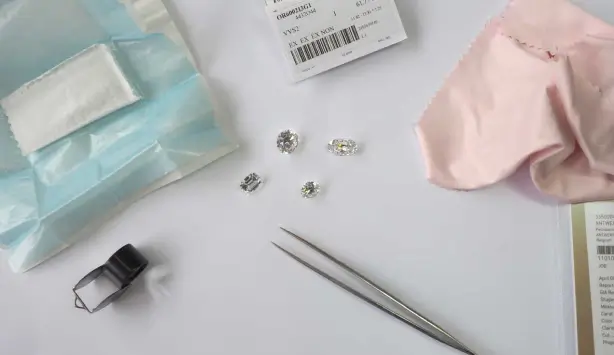
It’s true that diamonds are forever, but contrary to popular belief, their investment potentials are skewed. I’m a diamond wholesaler and I’ll give it to you straight: many potential buyers prize certain attributes and characteristics of diamonds while severely overlooking other important traits. With the rise of the digital age and the internet, customers (perhaps like yourself) are certainly becoming better informed. However, despite the wealth of information available on the internet authoritatively discussing the 4Cs, many diamond buyers are still victims of skepticism, speculation and often distortions.
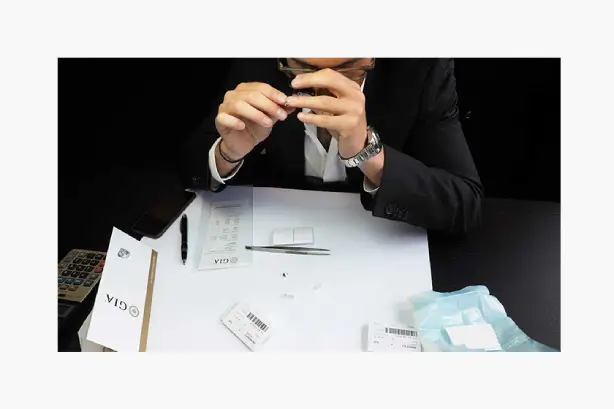
I remember asking, “how much is this worth, Papa?”, to which he would exclaim, “it’s not worth that much, Nikhil, but if you find enough of those, that will be your college education.” Though my simple, innocent mind could not comprehend the scale or value in his remark, it still spurred me to keep on hunting, for finding these little treasures was so significant, so real and so exciting.
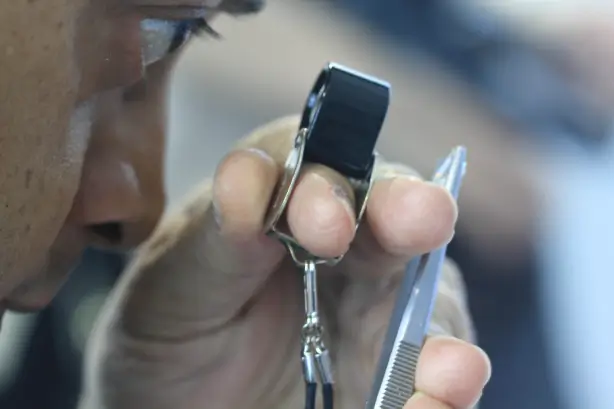
The concept of a wholesaler in business is well known, but to the average consumer, it is a concept that doesn’t seem congruent with their version of how the diamond industry operates. In the diamond industry, wholesalers account for approximately 30% of the independent businesses in the diamond value chain. The majority of diamond jewellery businesses are independent & family owned, and at the wholesale level, family ownership accounts for almost 90% of all wholesale diamond companies.
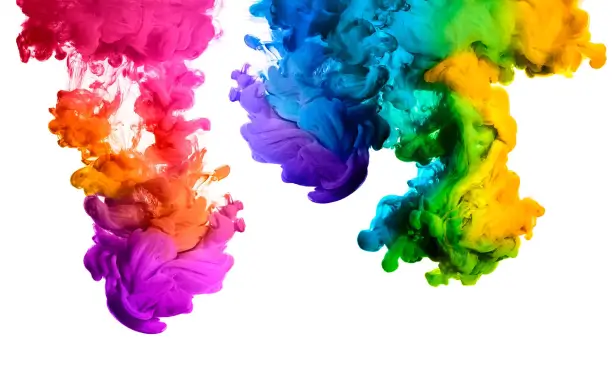
People outside of the diamond trade often misunderstand the relationship between diamonds and colour. Many people think of diamonds as colourless. In reality, truly colourless diamonds are quite rare. Most diamonds used in jewellery are nearly colourless with a slight yellow or brown tint — most often very light yellow.
.webp)
Fluorescence is the glow sometimes seen when an object emits visible light. Some diamonds fluoresce when they are exposed to ultraviolet light. This can cause them to emit a bluish glow of varying intensities and less often so - a yellow, green or even a white glow.
Most diamonds found in nature do not fluoresce. It has been established over the years, through extensive testing that approximately 30% to 35% of all natural diamonds exhibit some degree of fluorescence when exposed to UV light.
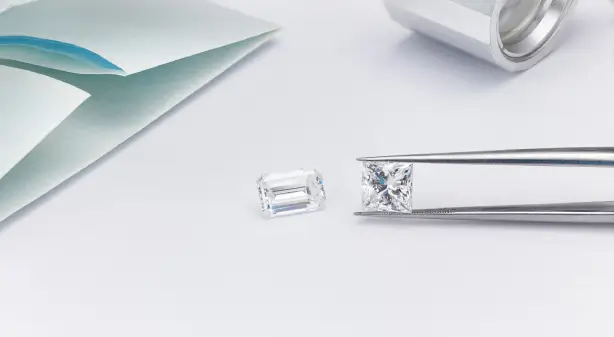
It’s sometimes hard to think of the words “diamond” and “colour” at the same time. After all, most people think of diamonds as colourless. In reality, most diamonds in the market range from colourless or nearly colourless to light yellow, brown or even grey-green.
This is known as the standard colour range. It’s also called the D-Z range because of the letter designations given to each step in the colour scale, ‘D’ being absolutely ‘colourless’ and ‘Z’ being essentially yellow, on the border of ‘fancy.’
